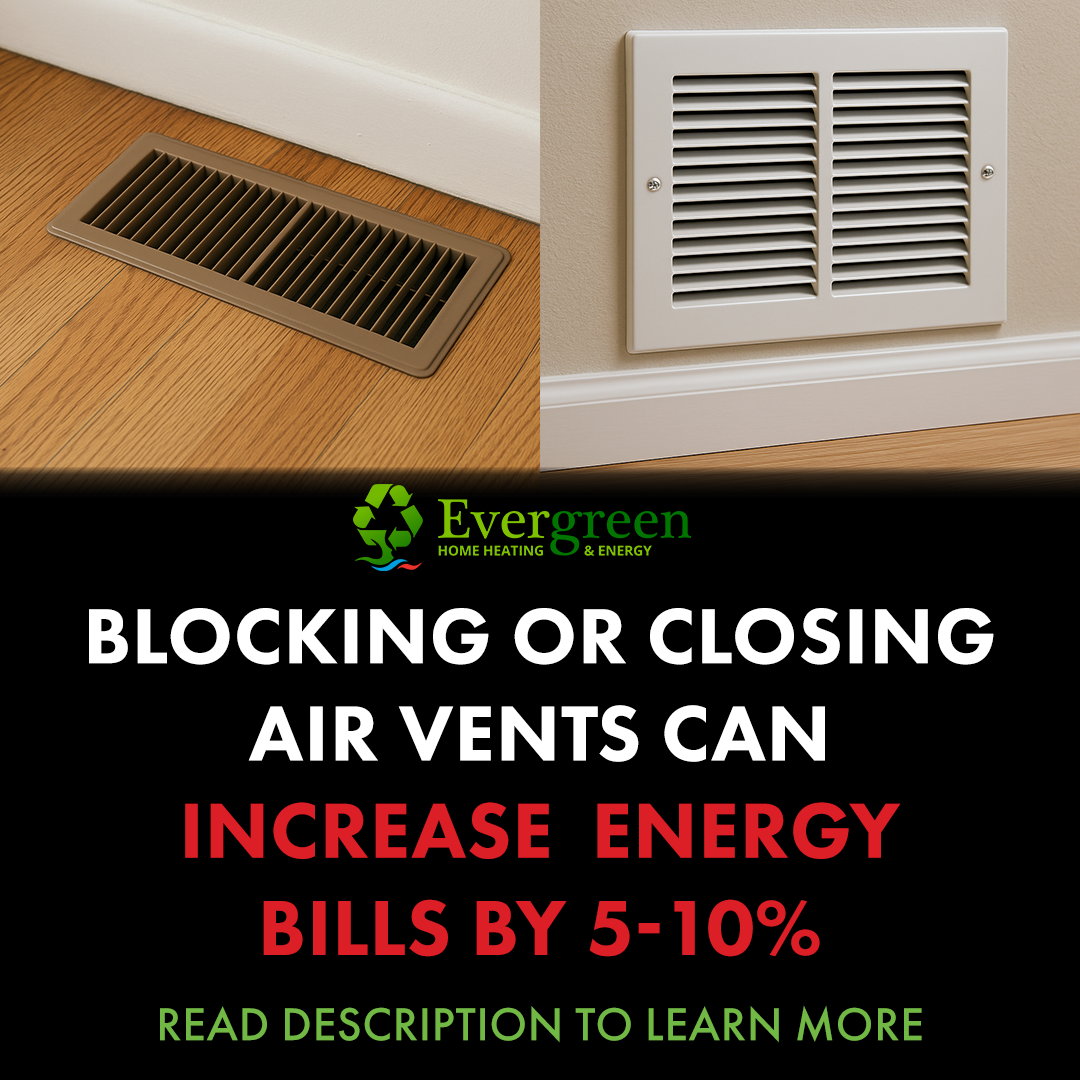Service Areas & Cities
Here Are The Areas We Serve In The King County Region
More on the DOE Furnace Regulations Coming May 1, 2013
September 05, 2012
As we previously posted, new Department of Energy furnace efficiency standards are scheduled to take effect on May 1, 2013. After that date, any new gas furnace installed in a home will be required to operate at 90% efficiency or above. This applies to both new construction and existing homes. Besides differences in operating efficiency, there are big differences between an 80% and 90% furnace in how they are installed. Furnaces that operate at 90% efficiency and above are "condensing" furnaces. These furnaces extract so much heat from the combustion process that water vapor in the exhaust condenses, leaving water as a by-product that needs to be removed through drain lines or a condensate pump. Also, the exhaust gases from condensing furnaces are vented to the outdoors through PVC pipe instead of the standard metal or masonry chimney of an 80% furnace. This means that when converting from an 80% furnace to 90%, all new PVC venting needs to be added to the home.
These new efficiency standards will help conserve energy and, as a result, lessen the environmental impact of home heating in our northern states. However, for some homeowners and landlords, the implications of these regulations will be extremely costly. These homeowners, especially those with furnaces 10 years or older, should consider replacing their furnaces now before these new regulations take effect.
Who will be most negatively affected by the 90% furnace DOE requirements?
• Landlords After the new requirements take effect, landlords will have no low-cost options for replacing failed furnaces in their rentals. This added expense will come out of their profits, without much of a return on their investment. The upside is that their tenants will be paying less on their energy bills. However, every rental with a gas furnace will eventually be required to have a high efficiency furnace installed when the 80% furnace fails. Once this happens, landlords won't see any increase in rent as a result of the upgrade. Landlords who have older 80% furnaces in their rentals may find it beneficial to replace them now while lower cost options are available.
• Homes requiring complex conversions to PVC venting For some homes, converting from a metal or masonry chimney to PVC venting is extremely difficult and requires a significant demolition and renovation. For these homes, not only will the furnace itself cost hundreds or thousands more than an 80% furnace, but installing the PVC venting will add thousands more to the project cost. If you have an 80% furnace in your home that is 10 or more years old and aren't sure if your home is a good candidate for PVC venting, you may want to get an estimate to replace your furnace now. If you find out that the PVC venting will cost a great deal in your home, you may consider replacing your older 80% furnace with another 80% furnace now. If your current 80% furnace fails after the new restrictions take effect, it could cost you thousands.
• Homeowners with older 80% furnaces who are on a tight budget As we all know, in our current economy many of us are simply scraping by. An unplanned failure and replacement of a furnace is difficult enough to deal with. However, if this happens after May 1 of next year, the lowest cost options will no longer be available, potentially adding thousands of dollars in cost to an already tough situation. You may be better off replacing your old 80% furnace now while you have all of your options available to you and can plan for it. Also, there are financing options available on approval of credit that can soften the blow of a furnace replacement.
These new efficiency standards will help conserve energy and, as a result, lessen the environmental impact of home heating in our northern states. However, for some homeowners and landlords, the implications of these regulations will be extremely costly. These homeowners, especially those with furnaces 10 years or older, should consider replacing their furnaces now before these new regulations take effect.
Who will be most negatively affected by the 90% furnace DOE requirements?
• Landlords After the new requirements take effect, landlords will have no low-cost options for replacing failed furnaces in their rentals. This added expense will come out of their profits, without much of a return on their investment. The upside is that their tenants will be paying less on their energy bills. However, every rental with a gas furnace will eventually be required to have a high efficiency furnace installed when the 80% furnace fails. Once this happens, landlords won't see any increase in rent as a result of the upgrade. Landlords who have older 80% furnaces in their rentals may find it beneficial to replace them now while lower cost options are available.
• Homes requiring complex conversions to PVC venting For some homes, converting from a metal or masonry chimney to PVC venting is extremely difficult and requires a significant demolition and renovation. For these homes, not only will the furnace itself cost hundreds or thousands more than an 80% furnace, but installing the PVC venting will add thousands more to the project cost. If you have an 80% furnace in your home that is 10 or more years old and aren't sure if your home is a good candidate for PVC venting, you may want to get an estimate to replace your furnace now. If you find out that the PVC venting will cost a great deal in your home, you may consider replacing your older 80% furnace with another 80% furnace now. If your current 80% furnace fails after the new restrictions take effect, it could cost you thousands.
• Homeowners with older 80% furnaces who are on a tight budget As we all know, in our current economy many of us are simply scraping by. An unplanned failure and replacement of a furnace is difficult enough to deal with. However, if this happens after May 1 of next year, the lowest cost options will no longer be available, potentially adding thousands of dollars in cost to an already tough situation. You may be better off replacing your old 80% furnace now while you have all of your options available to you and can plan for it. Also, there are financing options available on approval of credit that can soften the blow of a furnace replacement.




